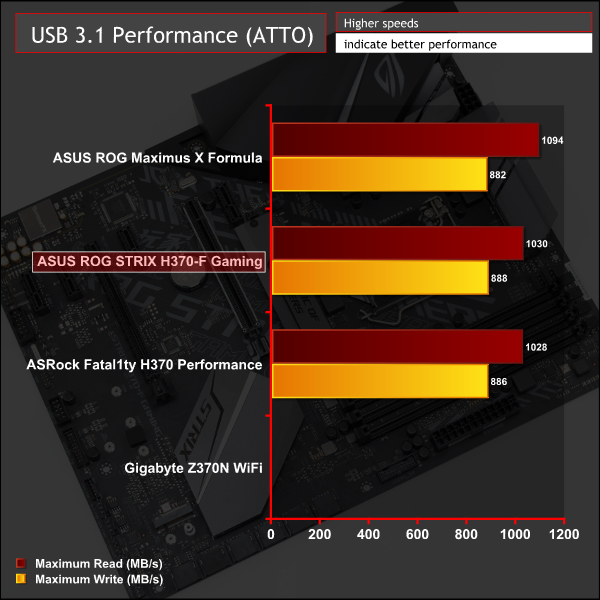- Joined
- May 29, 2016
- Messages
- 17 (0.01/day)
| Processor | Intel Xeon E5-1680 v2 @ Stock |
|---|---|
| Motherboard | ASUS P9X79 WS/IPMI |
| Cooling | Thermalright IFX-14 |
| Memory | 64GB DDR3L-1600 ECC Reg (8 x 8GB Hynix HMT41GR7BFR8A-PB) |
| Video Card(s) | Gigabyte R9 290X MBA (modded to 8GB VRAM Elpida 4032BABG + modded pure Copper heatsink) |
| Storage | Intel 750 400GB AIC + 2 x 1TB WD RE4 Intel RAID0+1 |
| Display(s) | 32" BenQ BL3200 (2560 x 1440 via DisplayPort) |
| Case | Antec P182 |
| Audio Device(s) | Int. ALC1150 |
| Power Supply | Corsair AX760 |
| Mouse | Logitech MX Master 2S |
| Keyboard | Microsoft Curve 2000 |
| Software | Windows 8.1 Professional 64-bit |
Excuse me, but it seems you are a bit mistaken.Chipset supports up to two MACs. You can either give those to two 1 GbE controllers, or one 1 GbE and the WLAN card. This is no different than previous Intel chipsets. The chipset puts out MAC_0 and MAC_1 (two MACs), and on boards with just one Intel GbE controller, motherboard designers wire it to MAC_1 (for whatever reason, maybe they misread the docs), which results in the driver adding a "#2" to the controller's name string in device manager.
As you said, you can add as many networking controllers (with their native MAC) as you want, via PCIe or USB.
Here's a small quote from the Intel GbE .inf driver
===
E155ANC.DeviceDesc = "Intel(R) Ethernet Connection I218-LM"
E1559NC.DeviceDesc = "Intel(R) Ethernet Connection I218-V"
E15A0NC.DeviceDesc = "Intel(R) Ethernet Connection (2) I218-LM"
E15A1NC.DeviceDesc = "Intel(R) Ethernet Connection (2) I218-V"
E15A2NC.DeviceDesc = "Intel(R) Ethernet Connection (3) I218-LM"
E15A3NC.DeviceDesc = "Intel(R) Ethernet Connection (3) I218-V"
===
As you can see, the mark "(2)" appears in the device manager just because of the DevID=15A0h (for example) of the integrated GbE.
In fact, the reference DevID values for the EEPROM content in any image supplied from Intel is 1502h, while 155Ah and 1559h are reserved, maybe for some OEMs, etc.
But it's quite easy to modify the EEPROM values and make your motherboard controller have the DevID=155A, and the Device Manager will change the name.
Historically the chipsets have only one integrated GbE MAC for a long time, it usually resides at Bus0, Device19, Func0.
So, I don't know where is the second mysterious GbE MAC located...









